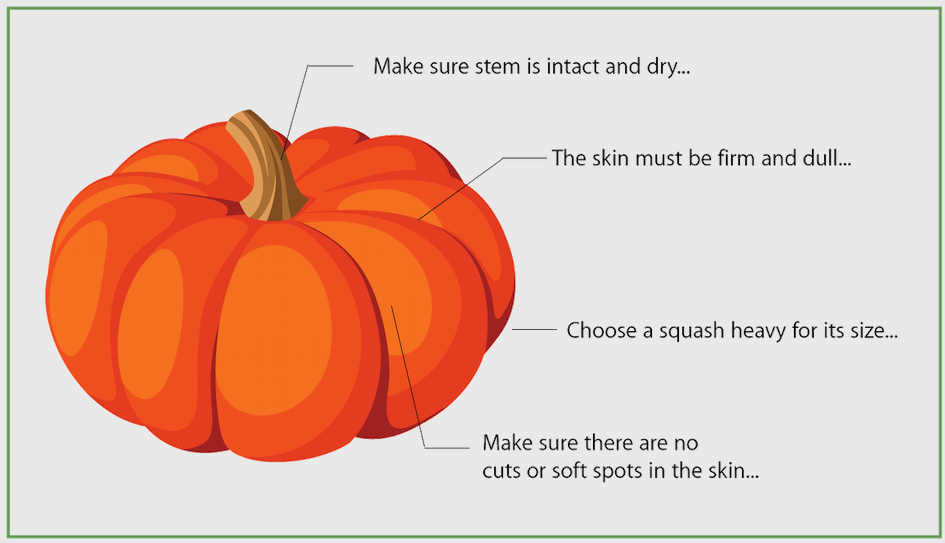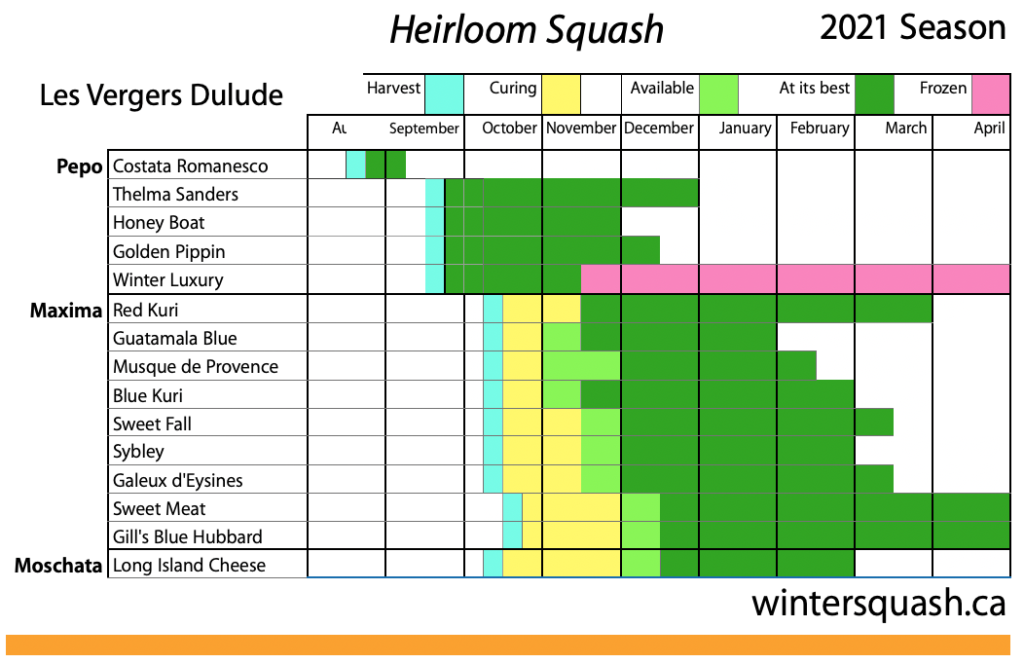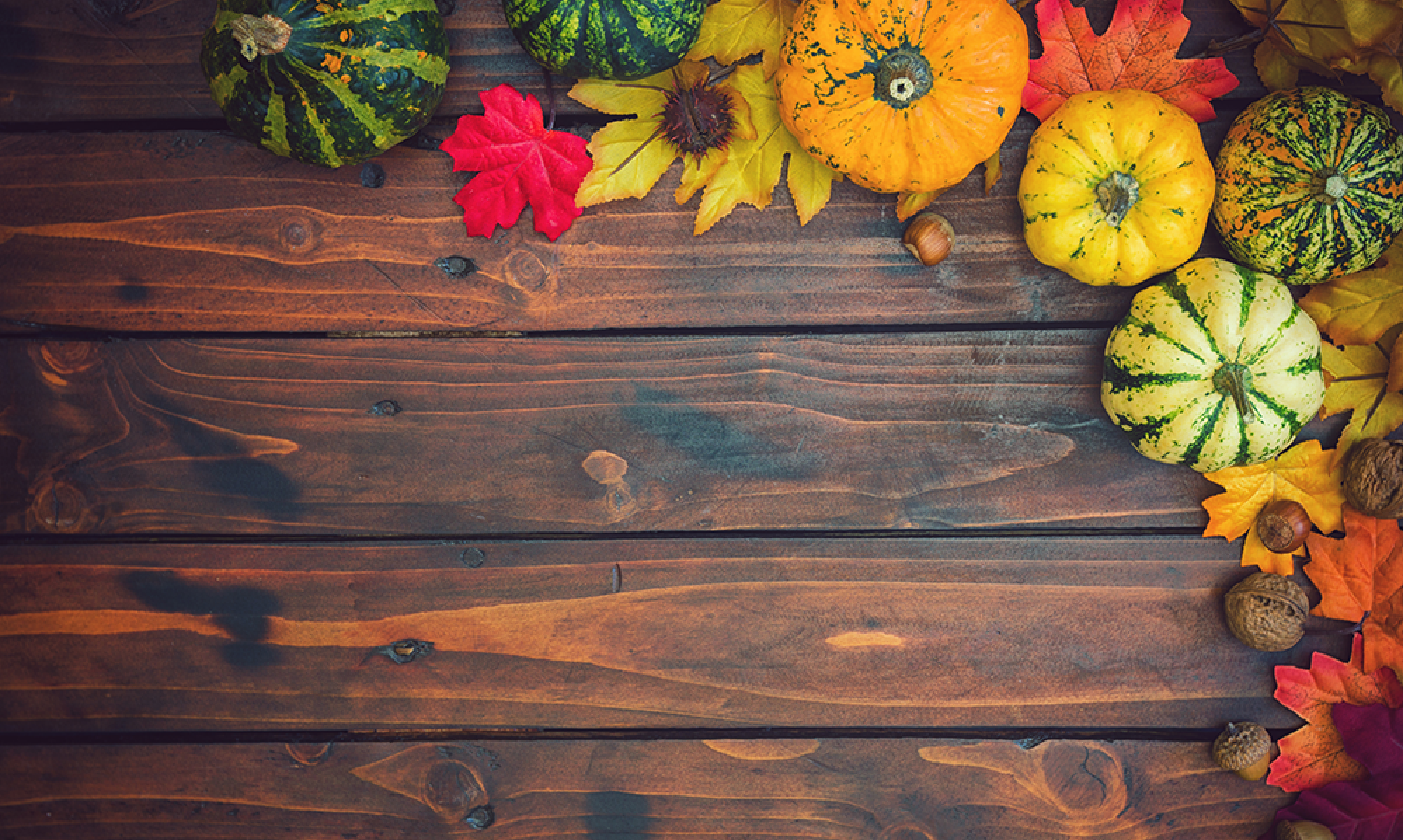Why You Can’t Buy a Prime Winter Squash
Bad squash, like bad coins, tend to drive out the good. Wherever bad coins circulate, people keep back the good ones and spend the bad. Soon only bad coins are circulating. The grower who picks squash too early is the first to market. He beats out those who grow their squash to full maturity by weeks. Customers see those first displays of squashly beauty in the fall and celebrate the season by buying one. Then they try to eat it. Then they remember why they don’t usually buy squash. So year after year, the customer is discouraged from buying squash, and year after year, the fact that squash can be a spectacular, gourmet-quality food remains largely a secret.
Squash in the supermarkets and even those in the farmer’s markets are often not of the best varieties. However, even the good early varieties (Pepo) are picked immature. Then they are sold uncured. Cucurbita Maxima and varieties should have at least a full month of curing before going to market. Farmers are not set up to do that, and since most customers don’t know there is a difference, it isn’t worth the effort .
It is our mission is to offer you fruit that is properly dried and cured to perfection. Each year, we select a few varieties that greatly benefit from a long curing process (see reserve your squash). Once you have tasted a ‘Sweat Meat”or a “Gill’s Blue Hubbard” properly cured, you will see the light, so to speak.
What to look for when buying a squash
- Choose a squash with its stalk still affixed;
- The skin must be firm and dull;
- It is important that its skin is free of skin-penetrating nicks or cuts; this will affect its storage timeline;
- Choose a squash that feels heavy for its size;

- Pepos are edible first (September, October, November)
- Moschatas are next (November till February)
- Maximas keep longer and cure the longest (December till April)
Our availability for 2021

